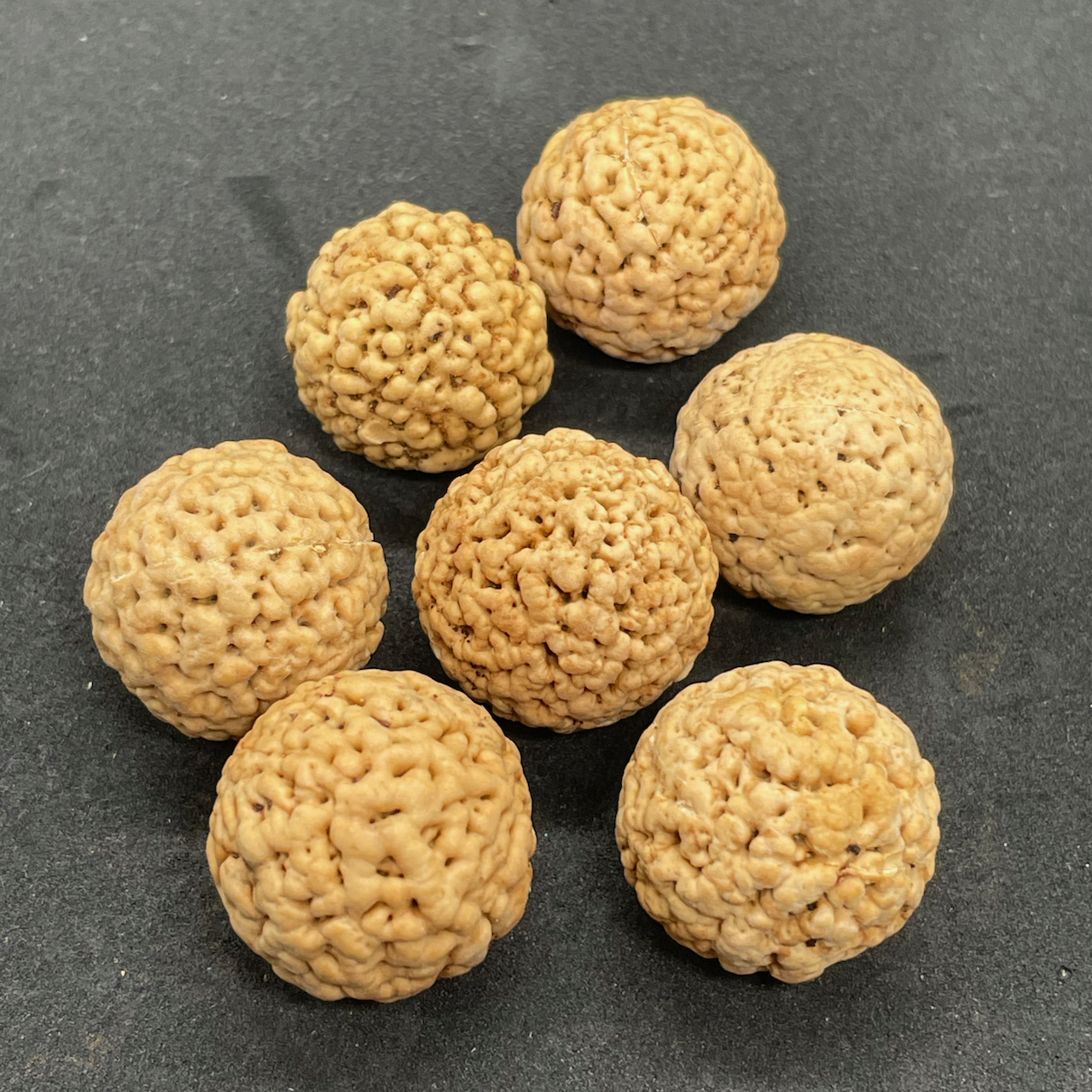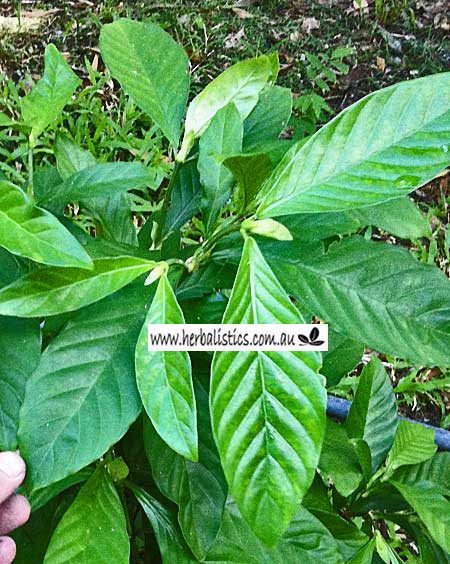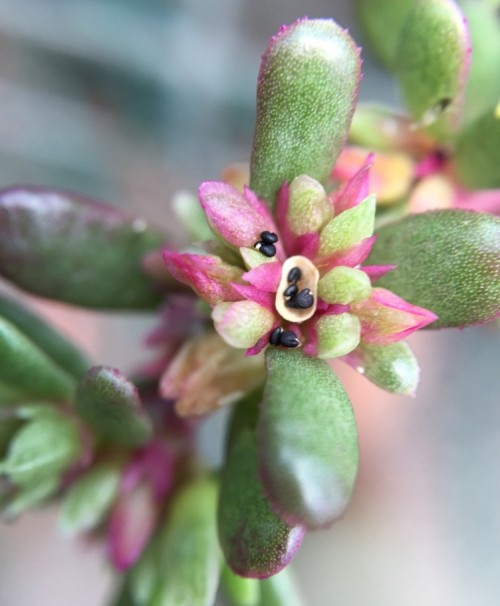Santalum acuminatum – Desert Quandong (seed)
$6.60
Description
Santalum acuminatum, the Desert Quandong, is a hemiparasitic plant in the sandalwood family, Santalaceae, which is widely dispersed throughout the central deserts and southern areas of Australia. The species, especially its edible fruit, is also commonly referred to as Quandong or Native Peach.
Santalum acuminatum is widely distributed throughout most southern regions of mainland Australia, including the arid centre of the country, and in some regions is common. The related Australian sandalwood, Santalum spicatum, was once more populous than this species; commercial exploitation has reversed this position.
Like other members of its genus, the plant is hemiparasitic, able to photosynthesize, but using the root system of other plants to acquire nutrients other than sugars. The plant genus Santalum attaches to other species, in a nondestructive way, sustaining itself by their provision of nitrogen, shade, and water. The roots of the species have pad-like adaptations, that nearly encircle the host’s root, which is typical of this genus of sandalwoods. Hosts can be other trees, or grasses, usually several plants are used. The taxa recorded in this relationship are species of genera; Acacia, Maireana, Atriplex, and many others, including hemiparasites such as Exocarpos sparteus. This mechanism allows the plant to acquire 70% of its nitrogen, and some of its water requirements from the roots of other trees and shrubs. From Wikipedia.
Care and Cultivation of Santalum acuminatum
Inadequate knowledge of the plant’s ecology led to many early failures in the cultivation of this species. Commercial trials and propagation by enthusiasts have attempted to reproduce the circumstances of its native habitat; well-drained soil, germination techniques, and selection of appropriate hosts have been more successful. Germinating the seed has been more successful, up to 35% when it is laid aside for 12 – 18 months. Growers laying seeds into mulch, obtained from host plants, report a high rate of success. Dormancy can alternatively be broken with the use of Gibberellins, providing greater than 80% germination rates, particularly if paired with good horticultural practice. Cultivation of this plant has faced other obstacles; for example, the species is susceptible to a number of pests and fungal diseases
Santalum seedlings can benefit from partial shading, whereas wild mature trees are not often shaded. The use of low thorny or laterally spreading Acacia species in plantations initially shades Sandalwood seedlings but allows access by the hemiparasite to full sunlight when it grows beyond canopy.
Host plants are needed in the establishment of an orchard; the species selected for this purpose impart factors affecting growth, resistance to infestation, and the harvest. The study of Melia azedarach (white cedar) as a host to this species revealed that S. acuminatum acquired insecticidal compounds that increased its resistance to the Quandong moth. Researchers then determined that neurotoxins found in the host plant, and other substances harmful to mammals, can pass into the harvested fruit.
Some species recognised as suitable hosts are:
Acacia; Acacia acuminata, Acacia saligna, Acacia pulchella, Acacia cyclops, Acacia redolens, Acacia glaucoptera, Acacia rostellifera, Acacia microbotrya, Acacia dictyoneura, Acacia consobrina, Acacia lasiocalyx and Acacia lasiocarpa.
Other nitrogen fixing genera: Allocasuarina, Bossiaea, Brachysema, Chorizema, Daviesia, Jacksonia, Kennedia, Nemcia, Senna, Mirbelia, Gastrolobium and Templetonia.
Other useful genera; Hakea, Dryandra, Dodonaea, Eremophila and Myoporum. (Info taken from here.)
3 seeds per packet (SA provenance seed.)
Parcel Post is necessary due to the size of the seeds.
Only logged in customers who have purchased this product may leave a review.









Reviews
There are no reviews yet.